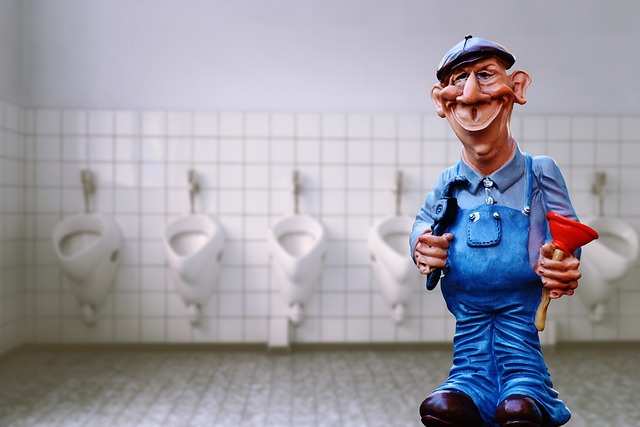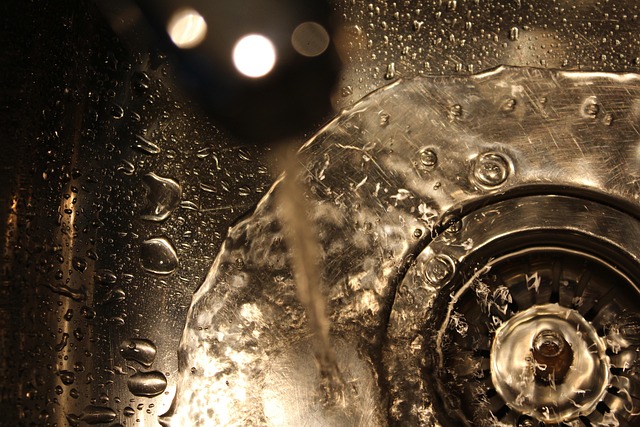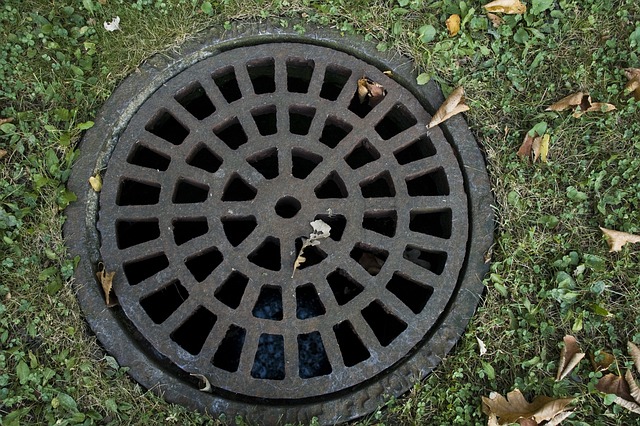Identifying a blocked drain early through subtle plumbing changes is key. Look for rising water levels, slow drainage, bad odors, and gurgling sounds. Prevent severe issues by regularly checking for slow drainage & noises. If a clogged drain suspects, act swiftly: turn off water supply, gather tools (plunger, snake), or call a professional plumber.
Water rising in your sink or shower could be the #1 sign you have a drain blockage. This article guides you through recognizing tell-tale signs, understanding common causes like hair, grease, and foreign objects, and offers practical solutions to clear clogs effectively. Learn how to prevent future blockages and avoid costly plumbing issues by identifying these symptoms early on.
- Recognizing the Tell-Tale Signs of a Blocked Drain
- Common Causes of Drain Cloggings
- What to Do When Your Drain is Clogged
Recognizing the Tell-Tale Signs of a Blocked Drain

When it comes to identifying a blocked drain, paying attention to subtle changes in your plumbing system is key. One of the most noticeable signs is an unexpected rise in water level within your drains. This occurs because water, not being able to flow freely, backs up and collects in the pipes, leading to overflow. Keep an eye out for rising water, especially in sinks, showers, or toilets, as this could indicate a serious blockage.
Other tell-tale signs include slow drainage, where water takes an unusually long time to clear away after you’ve turned off the tap, or a distinct bad odor emanating from drains. You might also notice gurgling sounds coming from pipes, which suggest that water is struggling to escape due to a clog. These symptoms often present early warnings of a potential blockage, allowing you to take prompt action before the issue escalates.
Common Causes of Drain Cloggings

Water rising in your sink or bathtub is often the #1 sign of a drain blockage, but what causes these cloggings in the first place? Common culprits include hair and personal care products that accumulate in pipes over time, forming a sticky residue that traps other debris. Food waste is another significant contributor, as grease and bits of food congeal and solidify, obstructing the flow of water. Even everyday items like toilet paper and sanitary products can cause clogs if flushed down the drain.
Additionally, tree roots seeking moisture and nutrients in pipes can infiltrate and eventually block them, particularly in older homes with pipe systems that lack modern protective measures. Plumbing fixtures designed for easier cleaning and maintenance can mitigate these issues, but preventing cloggings altogether requires vigilance. Regularly catching signs of a clogged drain, like slow drainage or gurgling noises, allows for prompt action to clear obstructions before they turn into bigger problems.
What to Do When Your Drain is Clogged

If your drain is clogged, it’s important to act swiftly to avoid further complications. Start by turning off the water supply to prevent excessive flooding while you assess the situation. Next, gather essential tools like a plunger, chemical drain cleaners, or a drain snake. A plunger is often effective for minor clogs; apply a small amount of cleaner into the drain, then use the plunger in rapid up-and-down motions.
For more persistent clogs, try using a drain snake to break apart stubborn obstructions. If DIY methods fail, it’s time to call a professional plumber who can diagnose and resolve the issue effectively. Remember, ignoring a clogged drain can lead to severe water damage and costly repairs, so prompt action is key when recognizing the signs of a clog.
Identifying the #1 sign of a blocked drain—water rising—is the first step to resolving this common household issue. By understanding the tell-tale signs and common causes, you can quickly take action to unclog your drains and prevent future blockages. Remember, addressing clogs promptly not only saves you from unpleasant odors and backup but also protects your pipes from costly damage.
